While the cackling geese have been widely considered a distinct species today, they have once been considered a Canada goose subspecies — the lesser Canada goose. In fact, it was not until 2004 that scientists formally reclassified five smaller forms of geese from North America as part of a new species, the Cackling Goose.
Cackling Goose Description
While Canada geese (Branta canadensis) and cackling geese may appear to be very similar, but the two species are quite distinct. These geese are smaller in size and more delicate in appearance than Canada geese or white-cheeked geese. They have shorter necks, steeper foreheads, and more rounded heads, giving them a distinctly different shape from their larger counterparts. In addition, these geese have higher-pitched voices that sound noticeably different from those of Canada geese. But it is quite difficult to differentiate the two in the wild just by looking at neck length and thickness.
This goose’s breast, abdomen, and flanks range in color from light gray to dark chocolate brown, blending into the black neck or being separated by a wide white collar.
The smallest subspecies of Cackling Goose (minima) is one-quarter the size of the largest subspecies of Canada Goose (maxima), which can weigh up to 11 pounds.
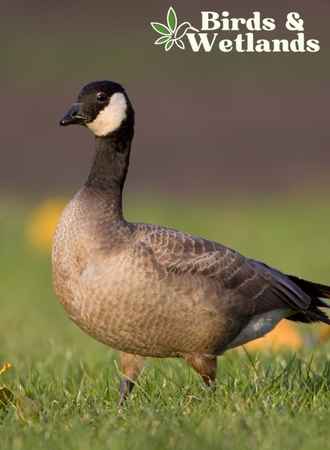
Cackling Geese Taxonomy
Cackling geese have four subspecies. There were a total of five subspecies but one is already extinct.
Richardson’s cackling goose (B. h. hutchinsii)
Aleutian cackling goose (B. h. leucopareia)
Small cackling goose (B. h. minima) – also called the lesser cackling geese. Smallest and darkest of the subspecies.
Taverner’s cackling geese (B. h. taverneri) – the larger subspecies and once considered part of the lesser Canada geese subspecies.
Bering cackling goose (B. h. asiatica)— extinct (circa 1929)
Listen to Cackling Geese
Cackling Geese Habitat & Range
The Cackling Goose is a small waterfowl species that breed in several different tundra habitats in western Alaska and northern Canada. These geese breed along the edges of small lakes, on grassy fields near rivers or streams, and even on barren upland areas located on the Aleutian Islands. Regardless of their breeding habitat, these geese always stay close to water, using it as both a source for foraging and protection from predators.
Cackling geese spend their winter in various locations across the Pacific Northwest, from coastal regions to California’s Central Valley. These birds migrate south from their breeding grounds in the central Canadian Arctic region and winter predominantly in western states such as California, Oregon, and Washington. Some populations also winter along the southern Great Plains or coastal areas along the western Gulf coast. With such widespread wintering grounds, these geese are ideally suited to adapt to various habitats during their migration and wintering periods.
Some cackling geese in the subspecies hutchinsii have been sighted in western Europe in the past but they remain a vagrant species in the region.
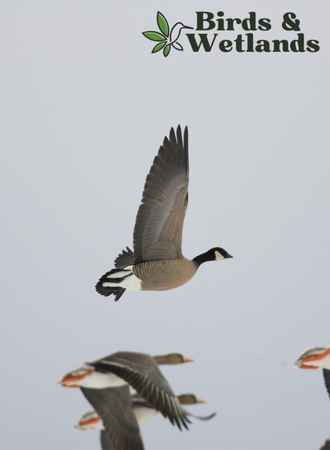
Cackling Geese Diet
Cackling geese are omnivorous, feeding on a wide variety of plant material and some animal matter. When feeding in water, these birds submerge their heads and necks to reach aquatic plants and other food sources, often tilting forward like a dabbling duck. In addition to aquatic plants, these geese form large flocks and feed on leftover grains in cultivated fields. These birds may also consume small insects, mollusks, and crustaceans while they forage. The diet of cackling geese is highly adaptable and allows them to survive in various environments. Whether feasting in fields or foraging in wetlands, these birds are a vital part of many ecosystems around the world.
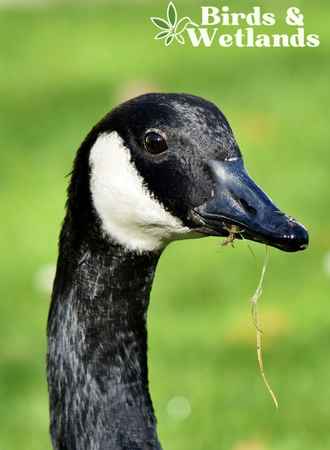
Cackling Geese Nesting & Mating
The breeding and mating habits of cackling geese are unique. The breeding season typically occurs during the spring months of April through June, though this may vary depending on the bird’s geographic range.
Cackling geese are monogamous, meaning they form one-to-one pair bonds in which they mate with only one partner for their entire lives. During the breeding season, cackling geese nest in colonies or solo pairs.
The females typically choose the nest sites near water sources such as ponds or streams. In certain parts of northern Alaska and on the Aleutian Islands, these birds are known to nest near cliff ledges.
Regardless of where they choose to nest, cackling goose nests almost always contain an open area for laying eggs surrounded by a subtle foundational bed of sticks, grasses, weeds and mosses that help provide cover from predators or harsh weather conditions.
Once a female has chosen a suitable nest site for their family groups with other geese or solo pair, their breeding behavior begins with meticulous preparation for laying eggs — scraping out shallow nests lined with down feathers and soft materials found at the site.
The nesting process continues after egg laying commences until the young goslings hatch from the eggs roughly 25 to 27 days later.
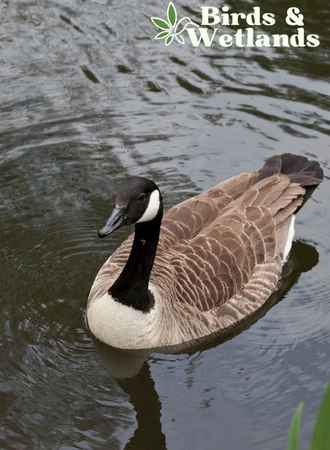
Cackling Geese Population & Conservation Status
Although there is no published data on the cackling geese’ population per state, the current estimates put their population at 1 million individual birds.
Moreover, their conservation status is Least Concern. Even so, specific populations within North America face ongoing threats from human activity. With significant amounts of land being developed for agriculture and urban expansion, these birds are often displaced or forced into habitats that may not support their needs. Similarly, hunting has historically posed a major threat to cackling geese populations in many parts of the continent.
However, conservation efforts over the past few decades have helped to reduce these impacts, with some areas now banning hunting altogether and implementing sustainable management practices.
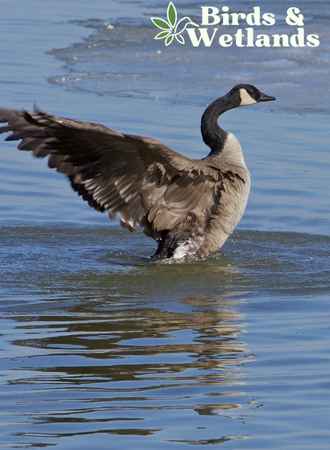
Hunting
The practice of shooting cackling geese, or small arctic geese species like snow geese, is controversial in the United States. These birds are legally protected under the Migratory Bird Treaty Act and can only be hunted during specific seasons using designated shotguns.
However, some groups believe that cackling geese populations have grown to the point where they pose a significant threat to other wildlife and agricultural interests.
Therefore, they advocate for expanded hunting opportunities. While there are many arguments for and against cackling goose hunting, this issue remains a major concern for conservationists around the country.
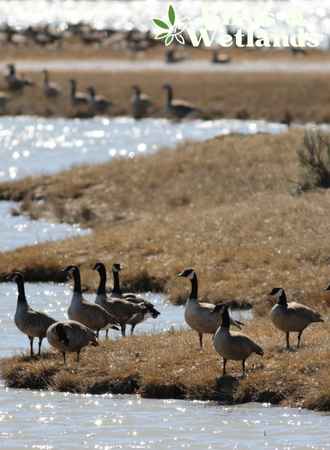
Key Takeaways
The cackling goose species were considered a subspecies or the same species as the Canada goose until 2004.
There are a total of five subspecies (one species had been extinct) — Richardson’s, Taverner’s, Aleutian cackling geese, Small cackling geese and the now-extinct Bering goose.
Some subspecies were threatened in the past due to habitat loss and subsistence hunting, but thanks to conservation efforts their population begin to increase annually.
These waterfowl have black necks, and rounded heads and are slightly larger than Mallards.

